The history of the world infanticide, or Why people of different eras killed babies
Categories: Children | History
By Pictolic https://pictolic.com/article/the-history-of-the-world-infanticide-or-why-people-of-different-eras-killed-babies.htmlNowadays, the topic of banning abortions is being massively discussed. At the same time, many recall the old days when termination of pregnancy was not in high esteem or even prohibited at all. But at the same time, few people talk about how babies were treated in those days. The life of a child was practically worthless and infanticide, that is, the murder of minors, was a common phenomenon.
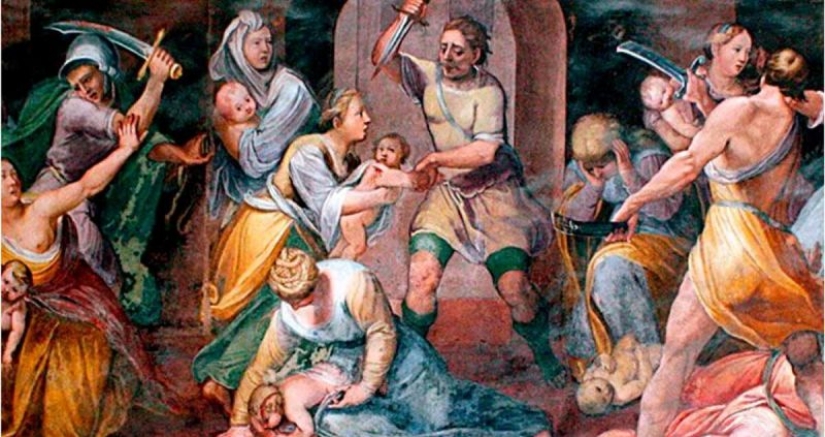
The tradition of killing newborns existed among many peoples at different times. Children were killed for various reasons, ranging from religious to socio-economic. At the same time, girls died an order of magnitude more than boys. Therefore, we can safely talk not only about infanticide, but also about gendercide.
Since school, we remember terrible stories about the warlike and harsh Sparta. We were told that weak and sick babies were thrown from a cliff into the abyss there. But it turned out that this was nothing more than a myth. In 1904, archaeologists finally got their hands on studying that very notorious rock.
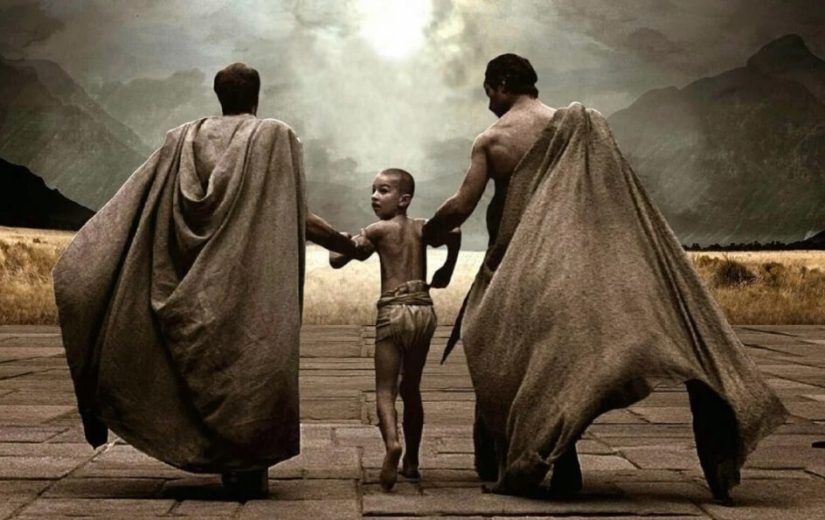
At the foot of the cliff on the Taygetus mountain range, human remains were actually found. But these were the bones of men aged 18 to 35 years and fragments of just one skeleton of a baby. Later expeditions in 1980-2007 also found no traces of the mass murder of newborns. Therefore, it was concluded that people were still thrown off the cliff, but they were either guilty or prisoners.
But this does not mean that infanticide — the murder of infants and gendercide — the murder of children of a certain sex, were not practiced in ancient Greece. In Greek polis, newborns were often killed and no one considered this phenomenon monstrous.
The life of primitive people was dangerous and filled with all kinds of hardships. Therefore, it is not surprising that no one wanted to bother with sick or weak children. Especially unwanted were babies whose mothers died in childbirth and were born with deformities. The latter were often not considered people at all and were called children of evil spirits. Such babies were almost certainly doomed to death.
But the lives were taken away not only from the sick and deprived of custody. If twins were born, often only one child was left. Of course, they preferred to give life to boys — future hunters and warriors. Sometimes they committed a cold-blooded murder, but most often they just left it somewhere in the woods or in the mountains. In prehistoric times it was the same.
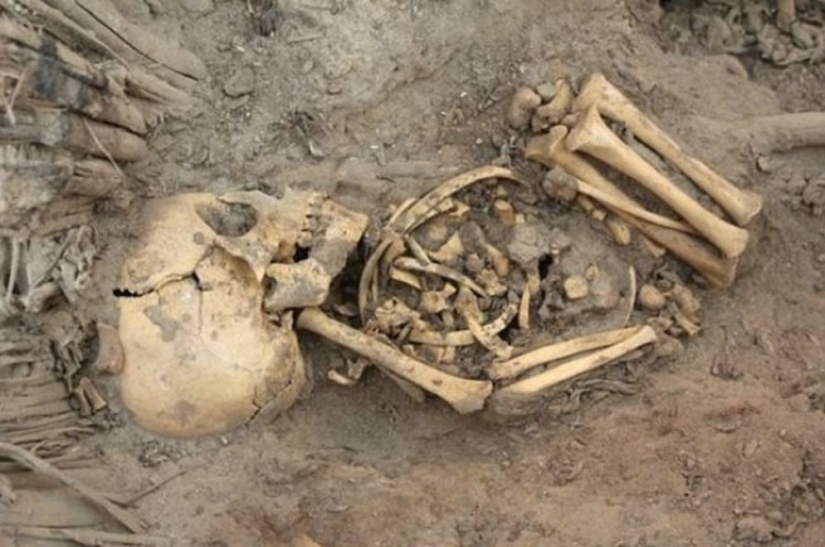
Anthropologist Joseph Birdsell believes that in prehistoric society, from 15 to 50 percent of all newborns died this way. Other scientists tend to believe that this figure did not exceed 20 percent. But absolutely all pundits are convinced that they did not stand on ceremony with newborns.
It also happened that primitive people killed babies to eat them. During the famine, it was especially important to feed the adult members of the tribe who were able to get food. At the sites of Homo erectus, archaeologists have repeatedly found the decapitated remains of young children. Traces characteristic of cannibalism were found on the bones of small skeletons. Tens of thousands of years have passed, cannibalism has ceased to be practiced en masse, but children's life still has not gained much value.
In the ancient civilizations of Africa and the Middle East, such as Carthage, Phoenicia and Mesopotamia, children were killed mainly for ritual purposes. Egypt and Judea differed favorably from its neighbors in this respect. In ancient Egypt, human sacrifice was not practiced. Moreover, the Egyptians reverently treated babies and carefully raised even illegitimate babies.
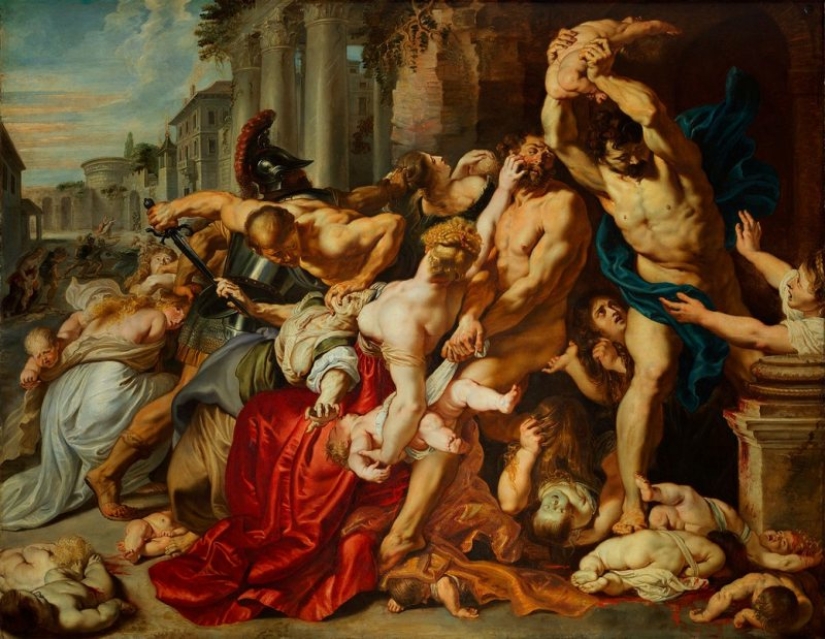
Jews generally banned any form of infanticide. It is from Judaism that Christianity and Islam inherited their strong position denying infanticide. Classical Greek culture also did not recognize human sacrifice. But children born with defects were often carried outside the city walls, where they died. It was perfectly legal. The decision on whether the child will live was made by the elder or the father of the family.
To the girls in The attitude of ancient Greece was unimportant. Since they grew up, got married and left home, they were not particularly valued. There is no direct evidence of the murder of female infants. But it is well known that the ratio of male and female children in Greek society was 4 to 1. Many families had several sons, but the daughter was usually alone. It's easy to guess how it happened.
The philosopher Plato in his work "The State" gave direct instructions on how to get rid of unwanted children. He advised to terminate the pregnancy, and if it didn't work out, then just starve the newborns:
By the way, children conceived outside the optimal age were also considered undesirable. For women, it was 20-40 years old, and for men — 30-55.
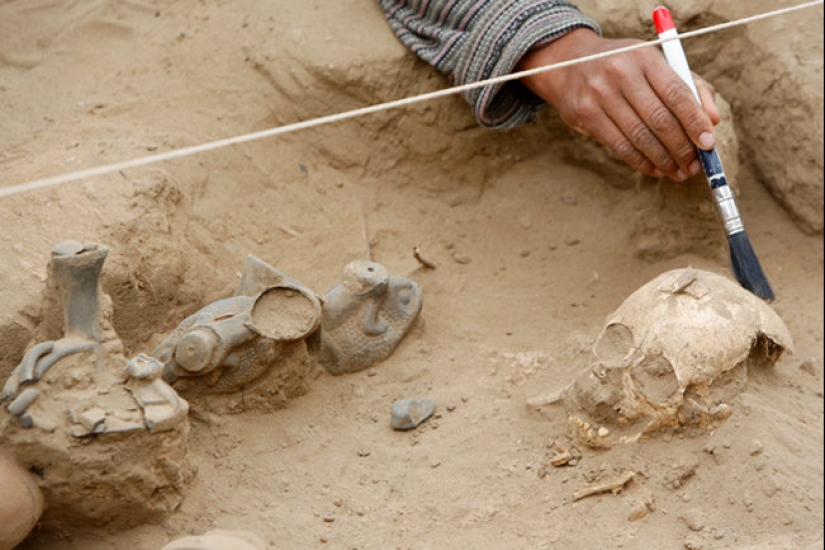
Roman law stated that until the age of 2, the child was the property of the father. Therefore, the parent could dispose of his life at his discretion. If desired, the father could even kill his child. Only healthy boys had a great chance to survive. A girl, even one born without flaws, could be disposed of.
In 2011, in the UK, on the site of Hambleden, an ancient Roman settlement, the burial of 97 babies was discovered. All of them were no more than one day old. In 1988, the same cemetery of newborns was found near the Israeli city of Ashkelon, where there was also a Roman settlement. Scientists believe that these places were designed specifically to get rid of unwanted children. The murders ended only after the adoption of Christianity by the Romans in 313 AD.
In Europe, the attitude towards children was no better. Ancient Germanic tribes practiced drowning babies immediately after birth, before they "eat food". The Celts laid the newborns on a shield and let the river flow. Poles up to the 12th century killed children with physical disabilities immediately after their birth.
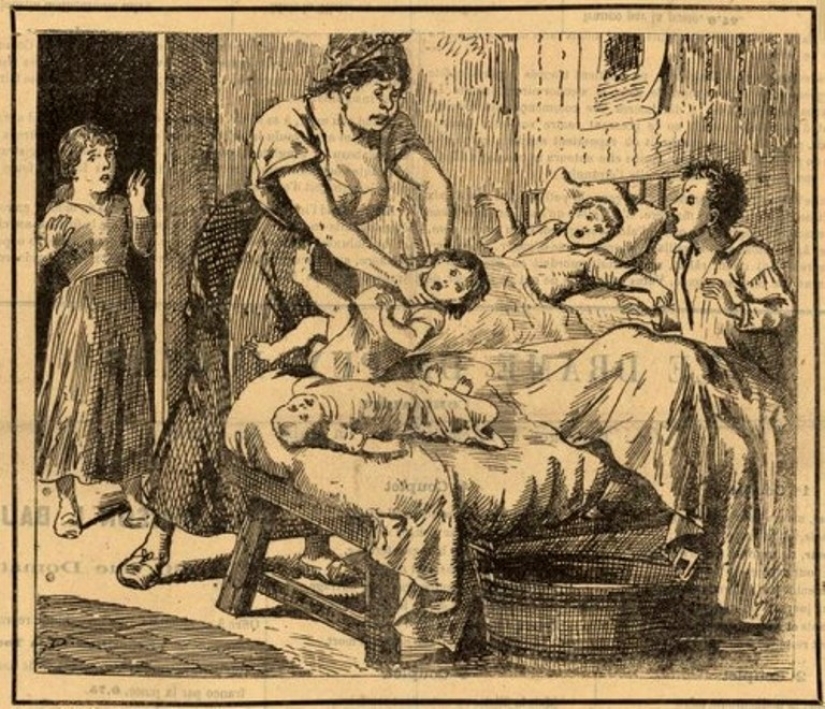
With the adoption of Christianity, the number of murders decreased dramatically. The church considered infanticide a terrible sin, and this influenced the legislation. The main collection of laws of the Holy Roman Empire Carolina, created under the Emperor Charles V, contained the following article:
The French burned infanticides at the stake, and in Bavaria, even in 1756, mothers who killed their child were beheaded. But in some places in Europe, for the murder of an unbaptized child, with physical disabilities or illegitimate, they were punished purely symbolically. Although infanticide was outlawed, medieval statistics give suspicious figures. In the church books where baptized children were recorded, there were only 100 girls for 150-160 boys.
Infanticide was common in our country as well as in Europe. But at the same time, the murders of children were arranged as an accident. The mother dropped the unwanted baby to the ground, "accidentally" leaned on him in his sleep and strangled him or left him in the cold. The latter method is reflected even in Russian folk tales. Do you remember the evil stepmother who sends an unrelated daughter to the forest in winter? This is not a fiction and this is how non-native children were dealt with.
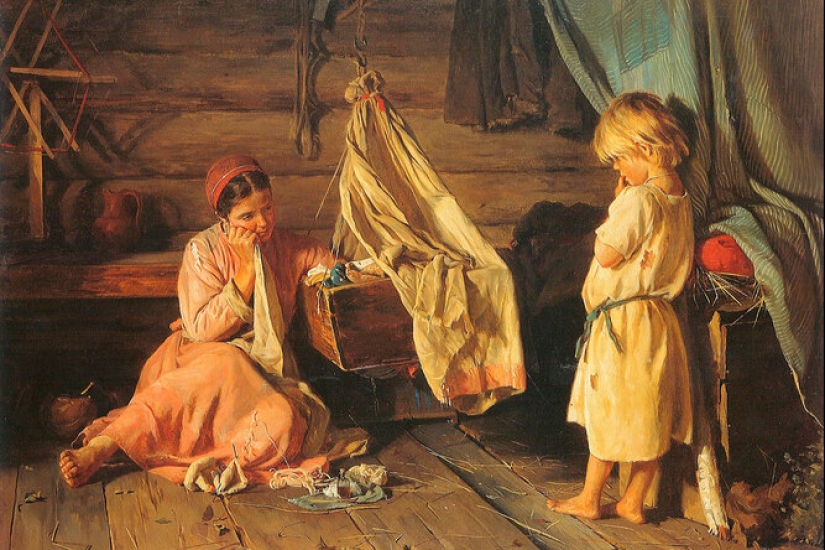
Unpunished "random" murders were common until the 16th century. Then they began to investigate them, and child-killing mothers were punished. However, the punishment was not too cruel. If it was established that the child died because of the malicious intent of the mother, then the guilty was punished by imprisonment for a year in prison, with the imposition of church penance in the future. Most often, a woman was forced to repent of her sin in front of everyone in the church and strenuously cover up the crime.
But this concerned legitimate children. For the murder of an illegitimate child in Russia, death was expected. But do not rush to praise the authorities of those years. Such a severe punishment was introduced not at all because of the care of the unfortunate kids. It was just a way to prevent adultery.
We talked about babies, but this does not mean that children of other ages lived happily and were not in danger. Unfortunately, the child's life and health have always been valued low, and they were forced to work on a par with adults.
Recent articles

Ready to let out your wildest fantasies? View that creates American digital artist Konzhe Marcus (Marcus Conge), which connects the ...

Tatiana Gavrilova, better known by her creative pseudonym TanikoGa— is a Russian artist from Shlisselburg who loves cats and ...

Among the indigenous people of New Zealand, the Maori, tattoos were an integral part of their culture. All representatives of this ...